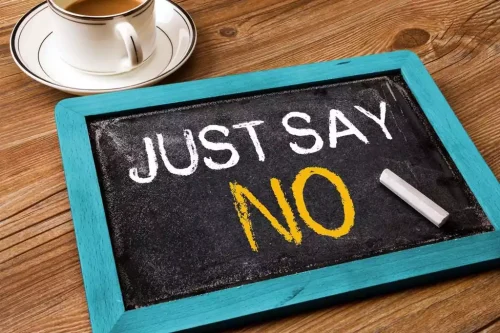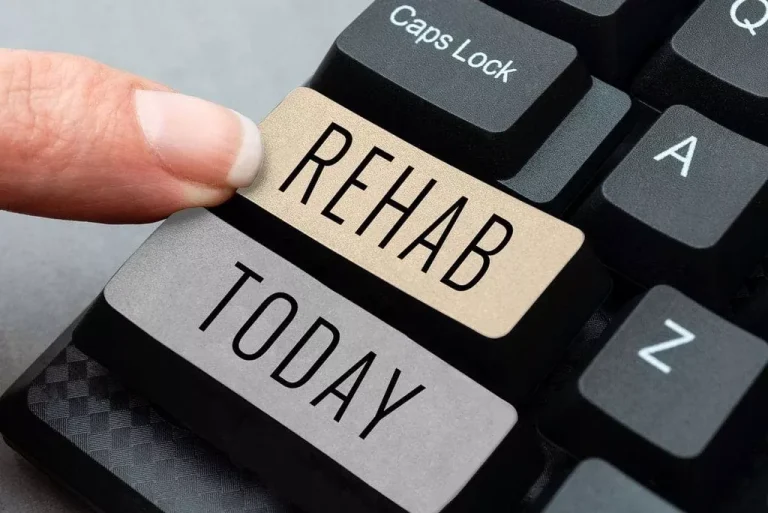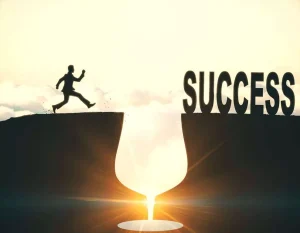
However, the length of treatment may vary depending on the patient’s circumstance. You can also speak with the person you love, whose marijuana use has become problematic, to let them know you’re concerned for them and their substance use. Last, you can help this person seek proper treatment options or research treatment options for them. Though our tips for quitting marijuana on your own may help, your best option is to contact a treatment provider that specializes in cannabis use treatment. With their expertise, a treatment provider can determine the best course of action to help you stop your marijuana use. Cannabis may provide temporary relief, but it doesn’t treat the underlying condition.
- His experience in the withdrawal atmosphere has taught him that regardless of what approach a person takes to get off drugs, there are always mental and emotional obstacles that need to be overcome.
- These symptoms stem from the disruption of dopamine release in your brain, leading to significant emotional discomfort.
- As we wrap up this journey through the world of marijuana addiction and recovery, let’s recap the key strategies we’ve explored.
- It is ideal for anyone who struggles with marijuana dependence, but not addiction.
Paired Dual Diagnosis and Co-Occurring Disorders Treatment
- It’s important to understand the benefits and reasons for stopping and sharing this decision with those you trust can provide you with a supportive network.
- If someone you know is having difficulties quitting weed, there are ways you can support them through the process.
- Your future self will thank you for taking this step towards a healthier, happier life.
You can also talk with a therapist or counselor about your marijuana use. Many therapy offices provide treatment services themselves, and if they don’t, they will help you find somewhere that does. The purpose of behavior therapy is to help patients address the psychological aspects of their condition. The amount of time spent in behavioral treatment differs from person to person. Outpatient treatment offers the same therapies and treatments as inpatient treatment programs. They often return home for meals (depending on the program) and to sleep.
How to Choose the Best Marijuana Addiction Treatment Program
- Tapering is a process that involves gradually reducing drug use by lowering the dose used over a period of time.
- THC metabolites bind to fat cells in your body and are gradually released into your bloodstream over time, where they can eventually incorporate into your hair shaft.
- Marijuana withdrawal syndrome often does not result in serious physical symptoms as is the case when withdrawing from other drugs and substances.
Though he has worked in many different areas of rehabilitation, the majority of his time was spent working one on one with patients who were actively withdrawing from drugs. Withdrawal and the fear of going through it is one biggest reason why an addict continues to use and can be the most difficult part of the rehabilitation process. His experience in the withdrawal atmosphere has taught him that regardless of what approach a person takes to get off drugs, there are always mental and emotional obstacles that need to be overcome. He believes having someone there to help a person through these obstacles can make all the difference during the withdrawal process. Trying to quit on your own is possible, but it can be challenging without the accountability, support, and guidance of professional treatment. To quit smoking marijuana, you may benefit from the supervision and care provided through a marijuana addiction treatment program.
Why Self-Care is Essential in Substance Abuse Recovery
If you’ve tried to quit smoking weed and haven’t succeeded, remember you’re not alone. As many as 30% of cannabis users develop a cannabis use disorder, which is another word for cannabis addiction. A 2020 study on the prevalence of cannabis withdrawal symptoms amongst marijuana users found that up to 47% of the participants experienced this phenomenon. Factors that contributed to the development of the syndrome included using other substances, smoking tobacco, and using marijuana daily.
Investing in interests that give a sense of purpose and meaning is especially useful. Sometimes people continue using simply because they have not developed the psychological tools and skills for self-soothing. Without psychological tools for dealing with stress and anxiety, we are more likely to resort to chemical tools — cannabis. Our brain is altered by THC and CBD, which produces precisely the experience people like. However, too frequent cannabis use has a cumulative effect on the number of our functional cannabinoid receptors. This results in a deficit of receptors in between times we are high, and this deficit explains the ongoing impact of too frequent use.

There are many ways to stop smoking weed, and not all of them will work for every person. The key is to understand what drives your usage, how to manage your cravings, and then find the best way to quit smoking weed for you. Another sign you might need to stop smoking weed is if it starts to interfere with your daily life. Maybe you’re skipping important activities, struggling at work or school, or having trouble in your relationships because of your use of marijuana. If you’re finding it hard to stop or cut back, even when you want to, it might be time to reconsider your patterns of use. Lifestyle changes such as staying busy, maintaining connections with supportive loved ones, joining support groups, and avoiding drug triggers can also be helpful.

Does Insurance Cover Marijuana Treatment?
The internet has many untested ideas to remove drugs from hair, like using baking soda, vinegar, or lemon juice. Scientists have checked these methods and found they don’t work. They often hurt your hair and is marijuana addictive scalp, causing irritation or damage without removing drugs.
Practical Advice on How To Quit Cannabis
We’re talking decreased cognitive function, reduced motivation (hello, couch potato!), and even an increased risk of mental health issues. According to the National Institute on Drug Abuse, about 30% of people who use marijuana may have some degree of marijuana use disorder. That’s a whole lot of folks potentially struggling with their relationship alcoholism treatment with Mary Jane. First things first, let’s clear the air about what marijuana addiction really is.

Marijuana Addiction Group Therapy
Quitting is the only way to know for sure how your cannabis use is impacting your life. Whether you are tapering your use or quitting cold turkey, it is vital to be aware of the people, objects, or situations that can trigger drug cravings and use. Identifying these triggers and finding ways to avoid or cope with them can help you be more successful.
You might notice that some people in your life may be less supportive—particularly if much of your social life centers around marijuana use. In these cases, you may need to consider reevaluating some of your relationships and places where you spend your time. When you are trying to stop smoking marijuana, it is essential to get rid of any marijuana-related paraphernalia in your home. Getting rid of the drug itself is crucial, but you should also eliminate any pipes, bowls, bongs, vapes, and related products.
